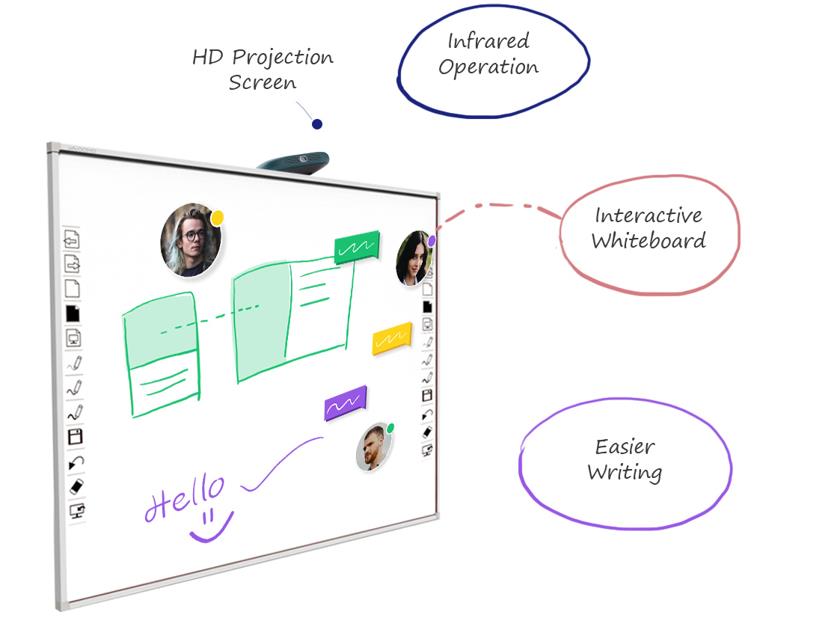Blackboard history and the story of how chalkboards were first created dates back to the early 1800s.By the mid 19th century, blackboards were common use in classrooms all over the globe.
Interactive whiteboards have become seriously useful tools for teachers in the modern era.Interactive whiteboards generally do things like screen and file sharing (perfect for remote learning) and include other in-built apps depending on the model.Whether you use it as a classic whiteboard, or to turn your conference room into an interactive space,
Because of the potential allergies caused by chalk dust, the invention of dry markers for whiteboards meant that more classrooms began to introduce whiteboards. Interactive whiteboards provide a more modern, contemporary look within a classroom, and offer the benefits of being able to be used as a projector surface. The lack of dust and reliance on whiteboard markers meant that using a whiteboard made for a much cleaner classroom back then.
Interactive whiteboards allow colleagues to participate in the discussion of information, instead of spending 30 minutes sharing a one-way presentation in a PowerPoint presentation;You can easily share, access, edit, and save files on an interactive whiteboard. Meeting leaders can highlight things in real time — making changes to whatever topic is at hand based on feedback from colleagues.
With the right hardware, users can connect interactive whiteboards to IOS and Android smart devices with a single application. This results in a greater range of data sharing and inter-connectivity. Not only can you share files with those at the meeting, but an interactive whiteboard also allows for the ability to easily share the screen with remote attendees. This way everyone has exactly the same information and all team members are on the same page. At the end of the meeting or presentation, the meeting leader can email, print, and share everything that came up in the whiteboard session.
Post time: Jan-09-2023




